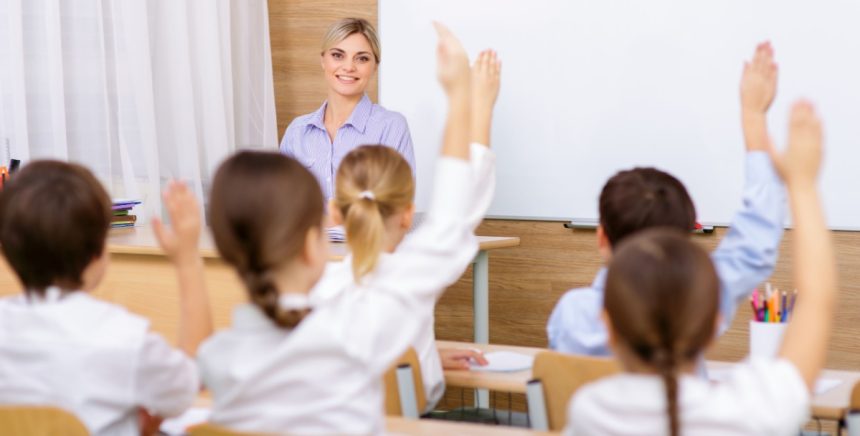West Australian private schools, including one of the country’s richest, will be over-funded by millions of dollars over the next five years.
That news is just one of the findings highlighted in a new report from Australia’s leading education union.
Across Australia, private schools will be over-funded by almost $3 billion to 2028. On the flip-side, the nation’s public schools will remain underfunded up to $40 billion, according to the Australian Education Union’s (AEU) report How School Funding Fails Public Schools. That report’s author, education economist Adam Rorris, has previously published other investigations into funding within the nation’s education sector that regularly reveal critical underfunding in public schools.
The rich get richer
Over the next five years in Western Australia (WA), multiple private schools will receive federal government funding that is well over the Schooling Resource Standard (SRS), based on recommendations from the Gonski Review of Funding for Schooling. One of those overfunded independent schools is Hale School, which the union states is already one of the richest in Australia.
Meanwhile, public schools will remain underfunded.
The report revealed that on average, each WA private school student is currently over-funded by $491 above the minimum requirements. Conversely, public school students are underfunded by $1793.
Under-funding adds up to millions
In WA public schools in 2023 alone, that under-funding figure totals $526 million. The amount the state’s private schools are over-funded tallies $73 million.
Although private schools will gradually be funded less over the next five years, public school funding will also continue to decline.
By 2028, while over-funding of private school students in WA will drop to $96 per person, each public school student will be receiving $2108 below what they need.
“If governments can afford to over-fund private schools by hundreds of millions each year, they can afford to fund every public school to their own minimum standard,” union president Correna Haythorpe says.
“Full funding of public schools is the only way to ensure every child gets every opportunity to succeed. That investment will give teachers more time and support to meet the diverse and complex needs of their students. It will also give them the confidence that they can make a real difference without burning out with unsustainable workloads.”
The report states that the more money spent per student, the better the educational outcomes.
“Public schools systems have been working from a position of extreme underfunding for more than two decades,” it reads.
“What is urgently needed is a commitment from governments to end the funding crisis.”
Public vs private? Funding must be fair
Curtin University School of Education senior lecturer Brad Gobby said the introduction of the SRS was meant to ensure a minimum of funding per student based on need, regardless of school sector.
“Nationally, the funding of private schools has risen at twice the rate of public schools. In WA, funding for public school students has not kept up with funding for private school students,” Dr Gobby says.
“The growing inequality in funding per student is unacceptable. On this matter of schools funding, governments and politicians have a tendency to weasel their way with excuses. They are also effectively lobbied by the powerful private school sector. Parents of public school students should be kicking up a stink.”
Public school funding, he says, “must keep up with the true cost of educating young people”.
“That funding should go into the classroom to directly impact on students’ opportunities and experiences.”
The study of school funding
Curtin University School of Education lecturer Matthew Sinclair completed his PhD on school funding. He says the fact every public school student in WA received $1793 less in funding than they were entitled to was “alarming”.
“A recent review of public education in Western Australia led by Dr Carmen Lawrence laid bare the growing pressures public schools are facing as a result of the underfunding,” Dr Sinclair says.
Discussions around funding policy reform and the need for implementing improved structures that will help ensure every WA student receives equal opportunities, no matter what school they attend, must be prioritised by politicians in 2024.
“They range from increased teacher workloads to a lack of support when teaching students with complex needs, which Dr Lawrence and colleagues show has many public school teachers at breaking point.”








